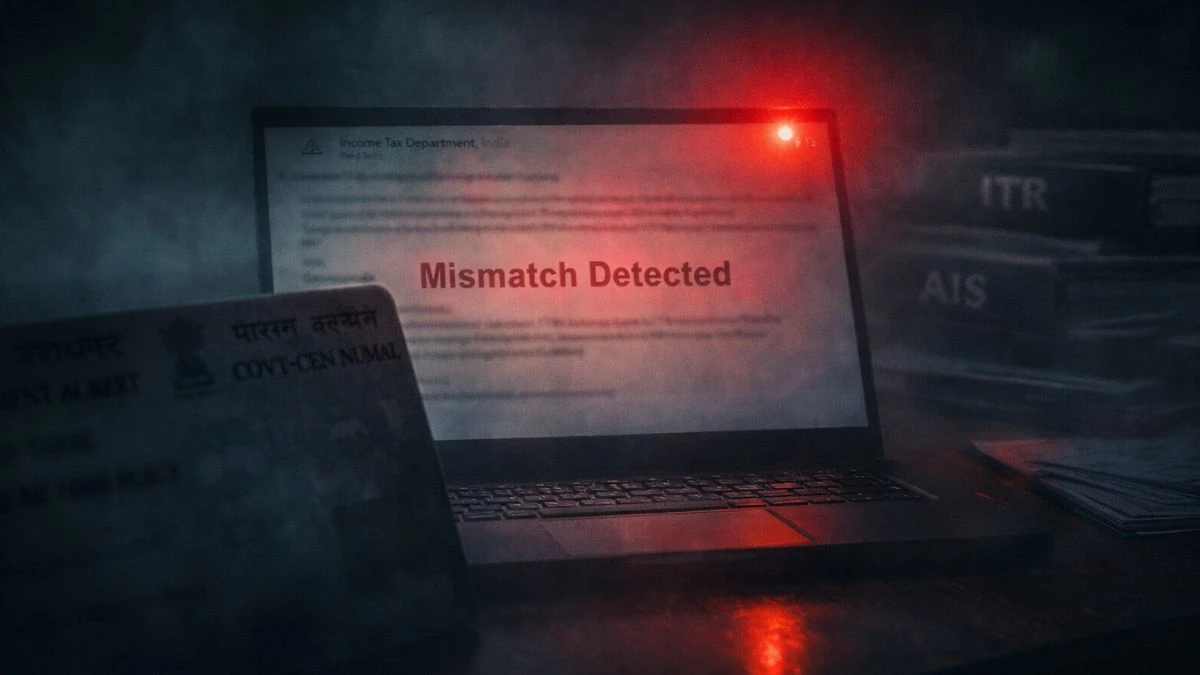
Is It Mandatory to File a Nil TDS Return in India?
Complete Guide for Deductors | FY 2024–25
You must deduct and file TDS returns quarterly if you are a business owner, property buyer, tenant, or employer with a valid TAN (Tax Deduction and Collection Account Number). But what if no TDS was deducted during a particular quarter?
A common question arises:
“Is it mandatory to file a Nil TDS return if no TDS was deducted or payable?”
Let’s explore the rules, exceptions, and best practices.
✅ What Is a Nil TDS Return?
A Nil TDS return is a quarterly TDS statement filed when no tax was deducted at source during the reporting period, but the deductor holds a valid TAN.
In simple terms, you’re filing a return stating:
“I didn’t deduct any TDS this quarter.”
✅ Is Filing a Nil TDS Return Mandatory?
The answer is:
It depends on whether you’re required to deduct TDS and have made applicable payments during the quarter.
🔹 Case 1: TAN Allotted, But No Payments Made
- You have a valid TAN,
- But you made no payments requiring TDS (e.g., no salaries paid, no contractors hired),
➡️ Nil TDS return is NOT mandatory.
However, you are advised to submit a declaration to the TDS CPC/Income Tax Department stating that no TDS transactions took place. This avoids compliance notices.
🔹 Case 2: Payments Made, But No TDS Deducted Due to Threshold
- You made payments (e.g., ₹20,000 professional fee)
- But those payments were below the TDS threshold limits
➡️ Again, filing a Nil TDS return is not mandatory, but recommended for compliance transparency.
🔹 Case 3: Regular TDS Deductor (e.g., company, audit-case individual)
- You are under tax audit
- Or you’ve deducted TDS in earlier quarters
➡️ You are expected to file returns regularly, even if it's Nil for a particular quarter, to avoid scrutiny.
📜 Circular & Guidelines
According to CBDT Circular No. 03/2011, filing Nil TDS returns is not mandatory, but it is advised to file them if you are:
- A regular deductor
- Previously deducted TDS
- Want to keep a clean compliance record
This avoids system-generated default notices or penalty emails from CPC-TDS.
🛑 Consequences of Not Filing Nil TDS Return (When Expected)
| Issue | Possible Impact |
| No intimation submitted | CPC may issue a notice assuming default |
| Frequent defaults | TAN may be flagged for non-compliance |
| Inconsistent filing history | Higher risk of scrutiny during assessment |
✅ How to File Nil TDS Return?
You can file a Nil TDS return using the same method as a regular TDS return:
- Open the TDS Return Preparation Utility (RPU)
- Select the correct form (e.g., Form 24Q, 26Q, 27Q)
- Leave the payment and deductee fields blank
- Generate the FVU file and upload it to the TRACES portal
- Sign using DSC or EVC
Alternatively, submit a non-filing declaration on the TRACES portal under “Statement/Payments” → “Declaration for Non-Filing”.
🧠 Example Scenarios
📌 Example 1:
A business with TAN has no employee or vendor payments this quarter →
Not mandatory to file a Nil return, but filing a non-filing declaration is recommended.
📌 Example 2:
A property buyer filed Form 26QB last quarter but made no new purchases →
No return is required unless more TDS is deducted.
✅ Final Words
Filing a Nil TDS return is not strictly mandatory, but is a best practice if you are a regular deductor or liable under audit. It helps you maintain a clean track record with the Income Tax Department and avoid unnecessary notices or penalties.











